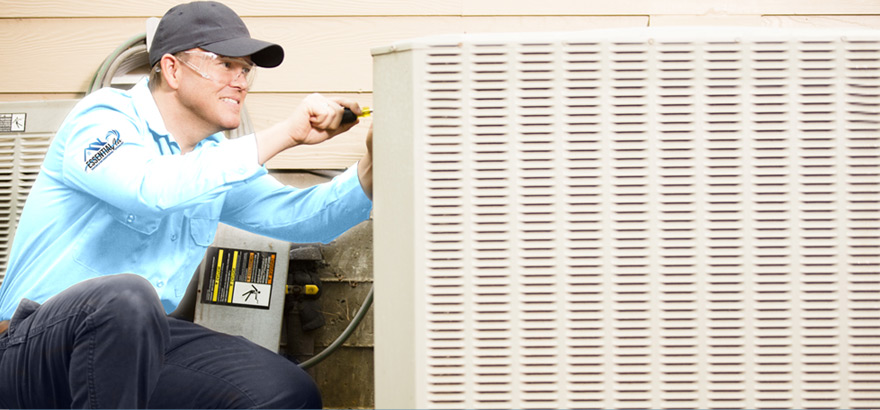A faulty furnace flame sensor can be extremely dangerous. Natural gas or propane can seep into your residence and get unintentionally ignited if you don’t have a fully functioning gas sensor. That’s why it is essential to know if a flame sensor is faulty.
During routine furnace upkeep, an HVAC specialist will troubleshoot your furnace, and if they think there is something wrong, they might suggest either a repair or new furnace installation in Folsom, CA.
Understanding Gas Sensors and How Does it Work
All heaters have a flame sensor that accurately determines if the furnace has ejected. It makes communication between the flapper valve and the furnace firing easier. It is an actual heat thermocouple detector beneath the cover; the flame sensor reacts to temperature variations.
It’s essential to consider that a gas line (which, when open, provides natural gas or propylene to flow) and furnace shelling are two separate processes. The flame sensor is the only idea that informs the gas valve if it needs to stay flexible and welcoming gas to flow.
How to Tell if a Furnace Flame Sensor is Faulty?
Below are some signs that indicate a bad furnace flame sensor.
- The Furnace Constantly Turns On and Off (after 2- 30 seconds).
It is a common sign of a faulty flame sensor. When a faulty sensor fails to detect the heat produced by turning on a heater, the gas valve retracts, effectively shutting down the furnace, and the unit will cycle on and off in a matter of a few seconds.
Is it possible that a faulty thermostat causes a furnace to short cycle? That is possible, but only in specific circumstances. The out-of-order gas sensor is usually the culprit when the heater runs and then shuts off and restarts.
- The Flame Sensor has a Crack.
While you can detect short cycles, you must first pinpoint the sensor to identify a crack in the flame sensor. The outer porcelain part of a bad flame sensor will have an opening. This component is in charge of heat detection (temperature changes). Also, its ability to spot heat will be severely limited or completely lost if it breaks.
- There is Corrosion or Dirt Noticeable on the Gas Detector.
Anything that restricts a sensor’s heat transfer will have unexpected consequences. When it comes to flame sensors, you’ll notice rust or dirt (soot) on the sensor. It could be due to wear and tear, excessive humidity, or infrequent or non-existent fire furnace washing.
Due to a stack of corrosion or dirt on the sensor obstructing the sensor’s capacity to discern heat, your furnace will frequently short cycle. As you can see, detecting short cycling is the simplest way to tell if your furnace flame sensor is out of order.
Are you searching online for a heating service near me? Stop your search at Essential Air HVAC. At Essential Air, we are one of the top-notch heating and cooling companies and can solve all your furnace-related problems. For more details, call us at (530) 919-0183.





